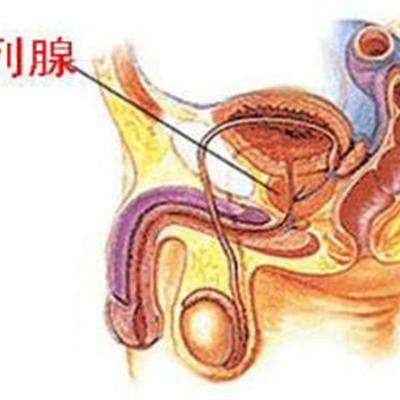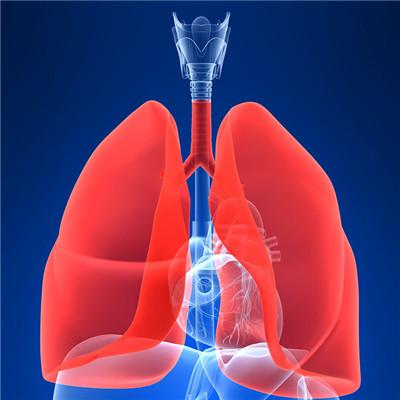Symptoms of variant migraine in children
summary
The clinical manifestations of migraine in children are similar to those in adults. Headache, with or without aura, often accompanied by nausea, vomiting, photophobia, and relieved after sleep. However, several variant migraines are specific to children, and their atypical symptoms often cause confusion among parents and clinicians. Let's talk about the symptoms of variant migraine in children.
Symptoms of variant migraine in children
1. Hemiplegic migraine (hemiplegic migraine) is characterized by hemiplegia, with or without speech and / or language disorders, lasting from minutes to hours. Headache may not be as obvious as hemiplegia. Other migraine symptoms such as nausea, vomiting and photophobia may not appear. Hemiplegia may appear before or with headache. This variant of migraine is usually familial and dominant, which is related to chromosome 19. It has been confirmed that calcium channel gene defect exists in some families. The first attack can not be diagnosed, although there is a positive family history can only be suspected diagnosis. Other causes of hemiplegia and headache must be excluded, including intracranial hemorrhage, space occupying, infection, stroke, etc. The diagnosis can be made for patients with recurrent, same type of attack and normal intermission, especially those with positive family history. The recurrent differential diagnosis included alternating hemiplegia, non observed partial seizures with post seizure paralysis, mitochondrial disease, especially mitochondrial encephalomyopathy with lactic acid poisoning shock syndrome.

2. This type of migraine occurs in children, rarely in post adolescence and adults. Occasionally, it first attacks before puberty and continues until puberty. The child presented with a periodic disorder and disorientation, with or without agitation, followed by vomiting, relief after sleep, headache may not be heavy or retrospective memory. It is very difficult to make a diagnosis in the first episode; The differential diagnosis of acute phase includes various encephalitis and encephalopathy, poison intake, intoxication, post epileptic excited state.

3. Abdominal migraine is characterized by paroxysmal abdominal pain, nausea and vomiting. Headache is mild or absent. A few patients may have aura before abdominal pain. Symptoms were relieved after sleep, antiemetic and / or anti migraine treatment. Periodic vomiting is associated with mitochondrial cell disease, which may be a severe variant of abdominal migraine. It is difficult to diagnose the first attack.

matters needing attention
Patients with anxiety disorder, generally for patients with gastrointestinal symptoms at the same time, should reasonably arrange life, prevent overeating or irregular eating, so as to avoid increasing gastrointestinal burden and aggravating symptoms. For patients with heart disease symptoms, they should stay away from irritating tobacco and wine, strong tea, coffee, spicy food, etc., because they can cause sympathetic excitement, rapid heartbeat, premature heart beat, etc., making the existing symptoms more prominent. It is suggested that light and digestible food should be taken as the main food, and do not rest immediately after eating. For abdominal distension, constipation, you can also take drugs to help digestion and defecation.
















